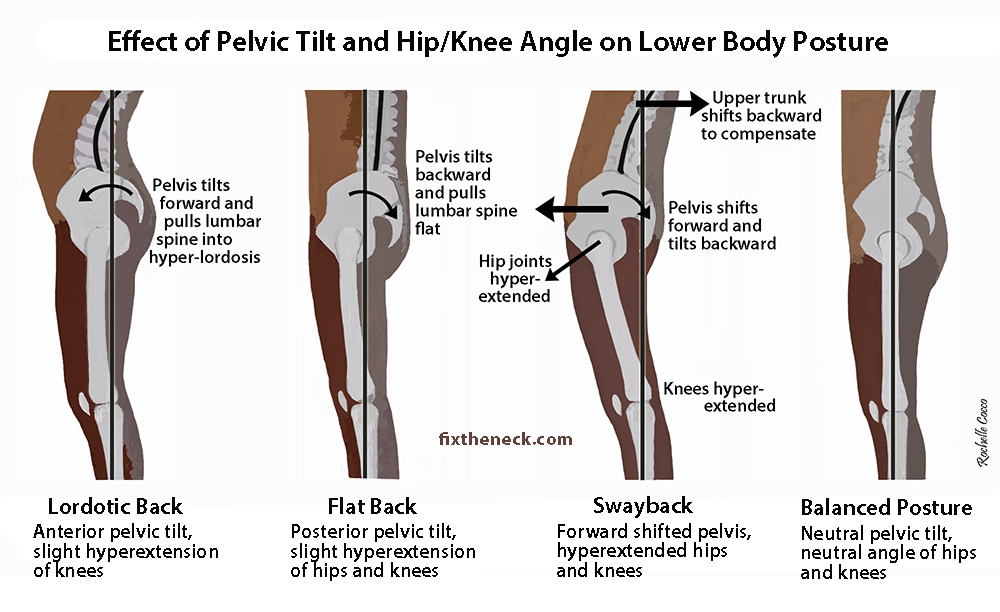Postural Dysfunctions
Poor posture can have detrimental effects to many areas, including the low back, mid back, and neck. When improper posture is sustained for longer periods of time (such as at standing activities at work or sitting at a computer) muscles can become weak and tired. These same muscles can become chronically over stretched or shortened and be a cause of preventable ongoing discomfort.
Appropriate treatment can be implemented to treat postural dysfunctions. Certain exercises, such as stretching and strengthening, can be used to help realign and then train the body to maintain correct or improved postures to reduce the risk of injury. Postural awareness is difficult throughout the course of a day, but the more you practice the more the body becomes accustomed to this improved posture. Muscles can adapt appropriately and then postural awareness will become second nature as your pain and discomfort improve.
Posture Tips:
The head should be maintained directly over the neck with your chin level.
Check to see if your ears are over the shoulders.
The shoulders should be pulled back (but not exaggerated) so as to prevent slumping forward.
The mid back should also be fairly straight and avoiding the same slumping tendency.
The shoulders, hips, and ankles should all be in line from top to bottom.
It is helpful to have the hips and knees as close to 90 degree angles while sitting.
Maintaining appropriate muscle strength and flexibility (as prescribed by a health professional) allows good postural alignment to be easily achieved and not feel like work.
David

